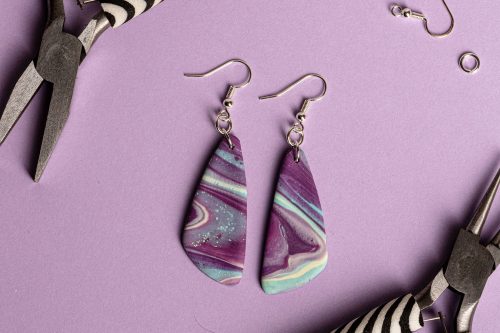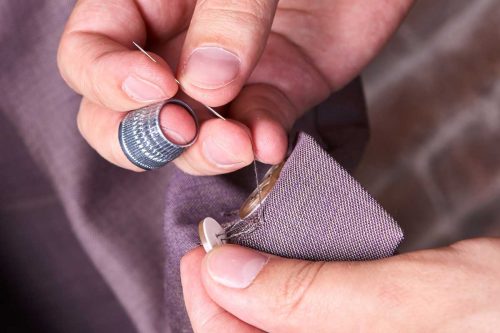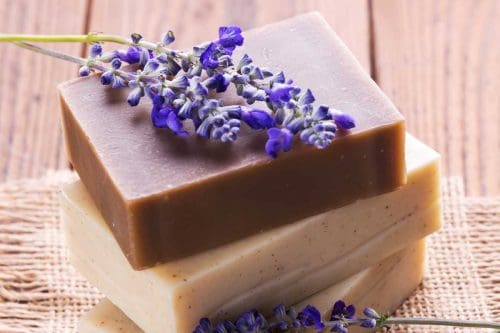Choosing the right glue for your project isn't always as easy as it seems. For example, do you want to try using Tacky glue but don't know whether it dries clear or not? Does this glue work on various surfaces, or is it more specific? Is Tacky glue good for DIY projects and crafts?
Well, we've done plenty of digging and have these answers, and more, below!
You can typically expect Tacky glue to dry clear on your surfaces. Even if your glue has a thicker, cloudier appearance right out of the tube, it should dry clear within 20-25 minutes.
Moreover, Tacky glue is perfect for various uses, like crafts, DIY projects, and other household tasks. According to the brand, your glue should be "crystal" clear once dry, so cloudiness or whiteness won't be a problem.
As we start this article, we will cover all things using Tacky glue and discuss how it dries. Whether you are wary about this brand, haven't used Tacky glues before, or have additional questions, we're here to help. With that said, let's dive right into this topic!
Does Tacky Glue Dry Clear?

Yes! You can generally expect Tacky glue products to dry clear. This line of all-purpose adhesives promises a crystal clear final appearance on your surfaces, making it perfect for inconspicuous crafting or repairs.
According to the maker of Tacky glue, your product should have a transparent, non-toxic formula that applies and dries crystal-clear on surfaces.
Moreover, Tacky glue is permanent, promising a long-lasting see-through placement on your surfaces. Whether you use it on plastic, metal, wood, or anything else, you can expect Tacky glue to be pretty unnoticeable.
That said, thicker applications may take longer to dry and appear cloudy at first. This is normal when using glue, so don't panic if your Tacky product has a cloudier or milkier look.
This should subside as it dries.
How Long Does It Take For Tacky Glue To Dry?
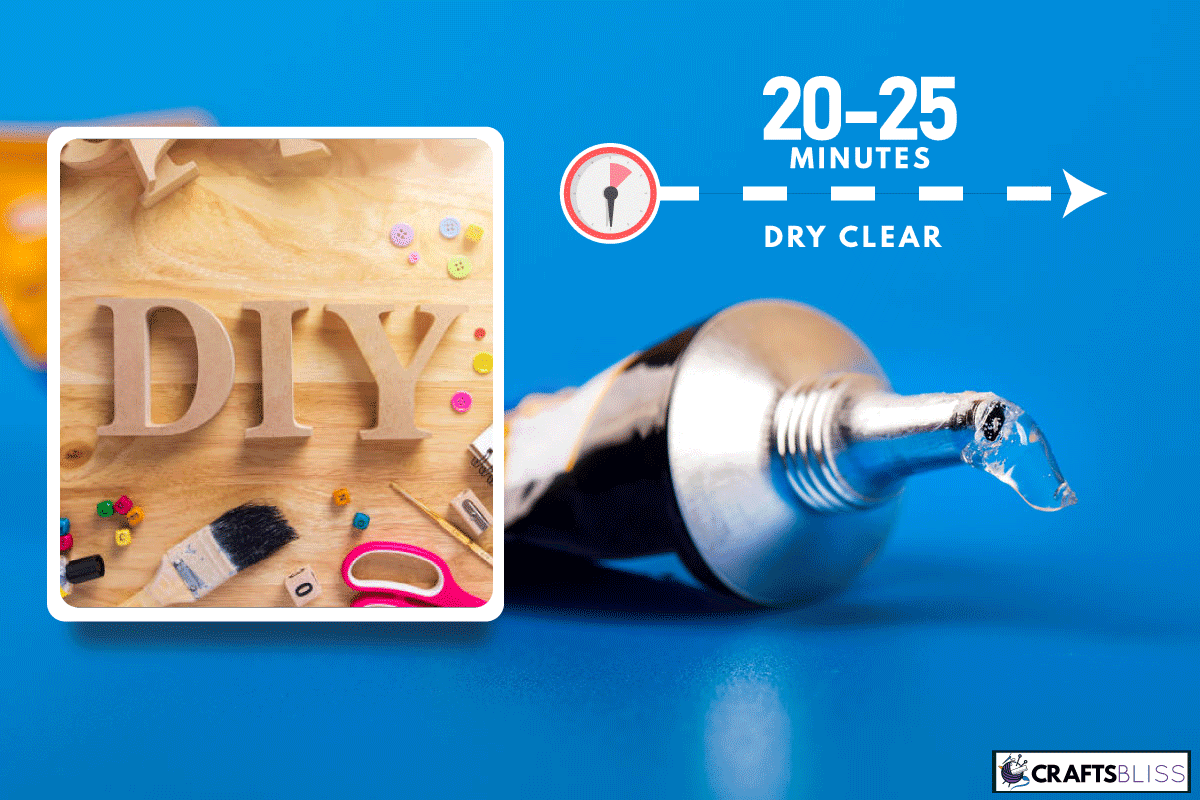
You can usually expect Tacky glue to dry within 20-25 minutes if the temperature stays between 70-73 degrees Fahrenheit. Furthermore, Tacky's website suggests that this timeline applies to applications with a 3-millimeter coating.
So, if you use more glue, expect to wait longer than 25 minutes. Sometimes, thicker glue applications might warrant an hour or longer dry time, so that's something to remember.
Luckily, your Tacky glue should be clear after that period, even if you use a thicker portion. This product is made to be clear and adaptable to virtually all textures and surfaces: hence why it's so popular.
You can also expect Tacky glue to take longer to dry if it's super cold or super hot. The best temperature range would be within the low 70s for glue drying, so adjust the thermostat if needed.
Most adhesives respond better to chilly weather versus super hot and wet. For example, you will see a faster dry time for Tacky glue if you use it in 60+ degree conditions versus 90-100 degrees.
Humidity also affects glue and how quickly it dries, so the less water in the air, the better.
Does Tacky Glue Yellow Over Time?
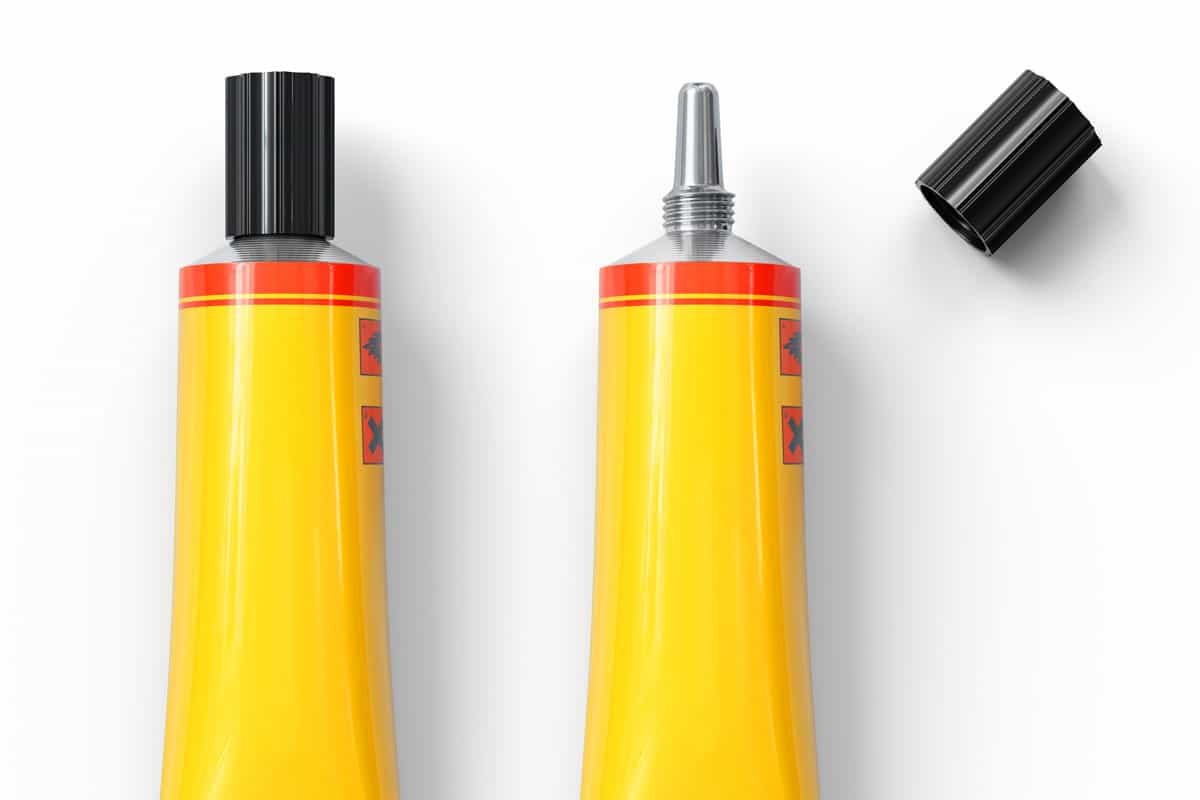
No. According to the brand and customers, Tacky glue products shouldn't turn yellow over time. Considering that yellowing glue is common, it's nice to know this formula won't change color.
However, that's not to say your glue won't ever cloud or change hue. Especially if Tacky glue sits in moisture or outdoors, there's no promise it will remain crystal clear.
That said, this product's formula is a bit more durable than its competitors, so any color changes you'll notice will be minimal.
As we covered, your Tacky glue might apply white to surfaces, eventually becoming clear as it dries. However, there won't be a yellow application or final result unless there's something wrong with your product.
One example would be if you let your Tacky glue sit out in the sun for too long before using it, which might cause a yellowing formula.
The same goes for improperly stored Tacky glue, which might be past its expiration.
Can I Use Tacky Glue Outside?
As long as your Tacky glue says, it can go outside; then it's perfectly fine to use it outdoors. Generally, you don't want to use inside-specific adhesives on outside surfaces because they won't age well.
That applies to any glue, Tacky brand or not. Using glue in an environment, it can't withstand will result in poor application, longer dry time, and discoloration.
Therefore, we recommend any of the "outdoor" Tacky glue products. According to the brand, you should use its maximum-strength Aleene's Max Tacky Adhesive for outdoor projects.
Additionally, outdoor glues from the Tacky brand work well for wood surfaces, which not all adhesives easily bond to.
Therefore, you might want to use one on indoor and outdoor wood surfaces. In addition, the Tacky glue will dry clear outside as it would indoors, making it a quick fix for minor damage.
Is Tacky Glue Waterproof?
Tacky glue is water-resistant but not entirely waterproof. Because of its formula, you can expect dry Tacky products to handle moisture well, while drying or wet Tacky glue will easily wash off.
Generally, acrylic-based glues hold out the best in water. Since Tacky adhesives are made mainly using PVA formulas. However, it is still okay to handle some moisture but isn't technically 100% waterproof.
PVA stands for polyvinyl acetate and is the resin used in many common glue products. For example, the white glue we use in school is PVA. The benefit of using PVA products versus acrylic-based glues is that they won't alter the surface's pH and stay pretty flexible once dry.
Therefore, you might lose out on the sealant aspect of Tacky glue, but not to the point it becomes a problem. Remember, this brand carries outdoor-friendly products, which should repel moisture.
You are better off cleaning Tacky glue than other acrylic options since it is water soluble. That might be a reason to shop for Tacky products versus something more severe and chemically based.
Aleene's Quick Dry Tacky Glue
This glue dries fast, has an adjustable tip, is non-toxic, dries clear on surfaces, is all-purpose, cleans easily with soap and water before fully drying, and comes in a three-pack.
Follow this link to view it on Amazon.
What Surfaces Can I Use Tacky Glue On?
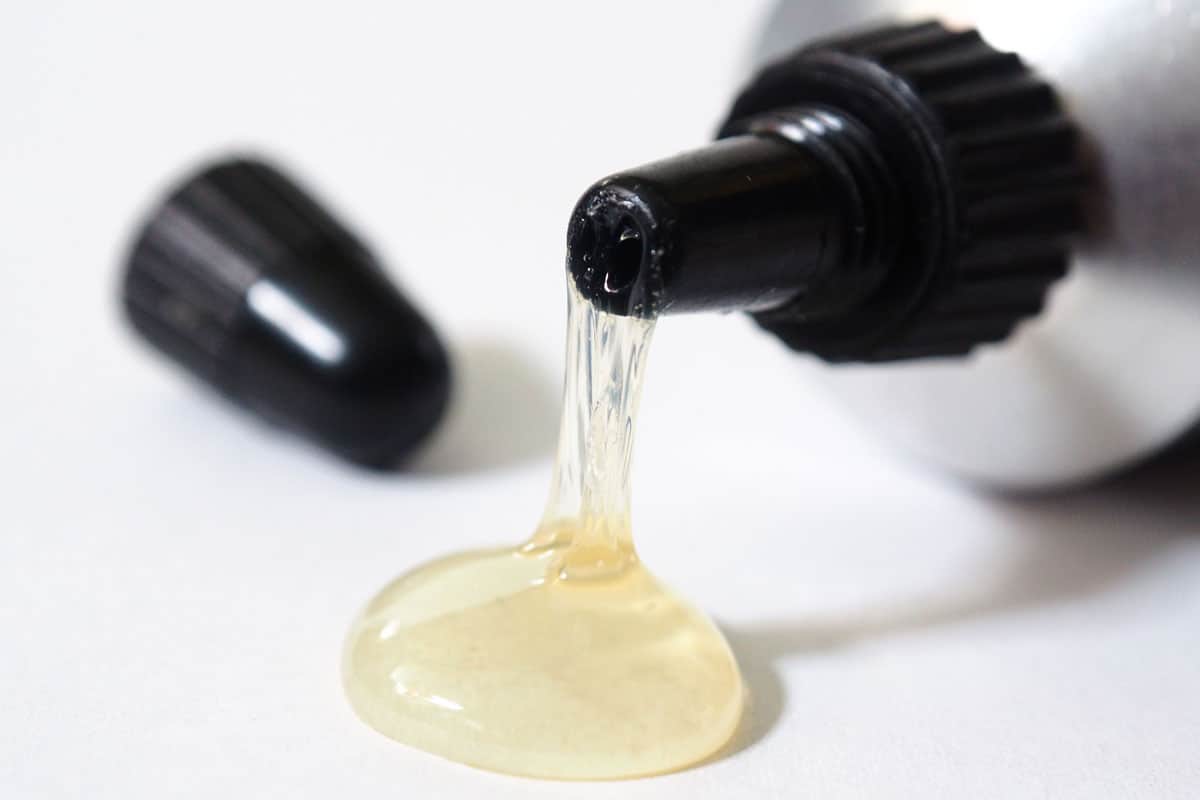
Considering Tacky glue's versatility, it's not surprising you can use it on virtually any surface. For example, Happiest Camper raves about how this glue works well for wood, ceramics, jewelry, paper, plastic, leather, suede, Styrofoam, and many other surfaces.
They also recommend Tacky glue for scrapbooking, making it an excellent fit for most crafts.
As we covered, Tacky products dry clear on every surface you apply them to. That means you can expect the same high-quality finish regardless of the project.
You can also expect Tacky glue to be moveable and bend along with the product or surface it dries on. That's because of the resin in its formula, which helps with moveability.
On top of that, Tacky glue is amazing for fabrics and can be a game changer for DIY beginners and pros alike. If you need to rhinestone a hat, add decals to a fabric surface, or try something else with your glue and cloth material: Tacky should be a great fit!
To read more about this: Does Tacky Glue Work On Fabric?
Does Tacky Glue Hold Well?

Overall, we would agree that Tacky glue holds well. Since this product has an adaptable formula, you can generally expect it to age gracefully on a surface.
As we said, Tacky glue dries quickly and should be permanent on your surface. That means you don't need to worry about your clear peeling, turning colors, or cracking after a few months.
Tacky products tend to respond well to various climates and conditions when fully dry, making them a great all-purpose option.
However, you need to make sure your glue dries before getting it wet or leaving it in the elements. The temperature will play a significant role in dry time: with cooler, milder weather being ideal.
Without letting your Tacky glue dry fully, this can cause it to wash off or migrate on the surface. So, try and give your bond 20-30 minutes of dry time before moving the item or continuing your project.
Does Tacky Glue Stain Clothes?
No. Most times, you shouldn't run into stains when using Tacky products. However, if your glue dries on your clothing and you try and remove it, that can be difficult.
Like any semi-permanent/permanent adhesive, Tacky glue will be hard to get off surfaces once dry. Therefore, if you notice a drop on your shirt or pants, grab a soapy rag or wash your clothing in the sink ASAP.
Swiftly getting the product off your clothing will ensure no damage occurs. We recommend warm water and stain remover if your glue does dry on your clothes and you can't get it off.
That should help loosen the glue and lift it from the fabric's fibers.
To Finish
Whether you want to use Tacky glue for a project or use it regularly, it's always good to know if it dries clear. This popular adhesive will dry clear on all surfaces, making it an inconspicuous choice.
On top of that, you can also expect Tacky glue to keep its color over time. For example, Tacky glue shouldn't turn yellow or cloud as the months/years go by.
Instead, your product will remain clear and durable for the entirety of its lifetime. That's one of many reasons this all-purpose adhesive is an excellent choice for crafting.
And while we have your attention, check out these helpful related articles!
Can You Glue Buttons To Fabric? [And How To]


![Read more about the article What Are The Best Scissors For Cutting Paper? [Inc. Examples]](https://craftsbliss.com/wp-content/uploads/2020/10/A-safety-scissor-placed-next-to-papers-and-pencils-at-a-teachers-desk-500x333.jpg)
![Read more about the article What Wood Is Best For Pyrography? [Try these 3 Types]](https://craftsbliss.com/wp-content/uploads/2020/11/A-pyrography-artist-making-wood-art-using-a-pyrography-pen-on-a-piece-of-wood-500x333.jpg)
